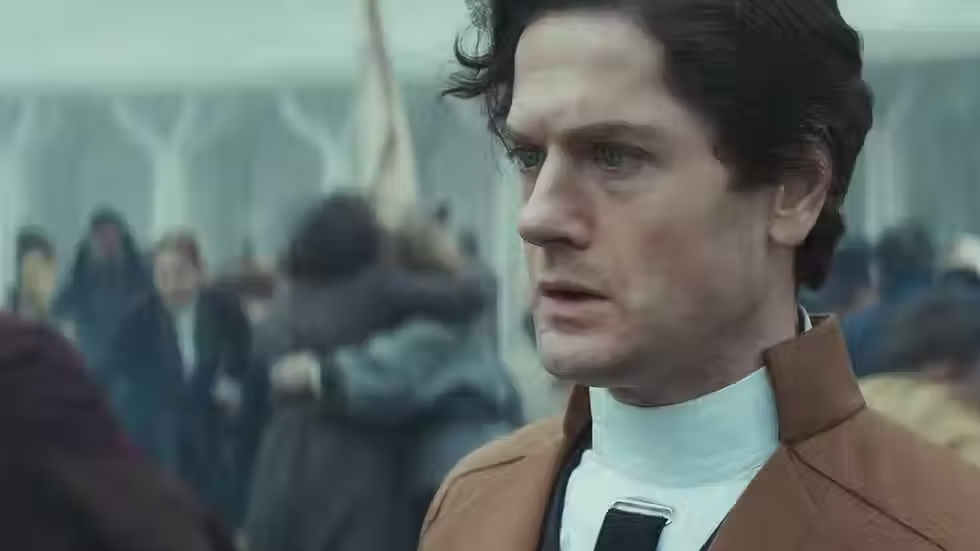Review: Samurai Wolf
- ogradyfilm
- Aug 12, 2023
- 2 min read
Updated: Aug 28, 2023

In Samurai Wolf, director Hideo Gosha shaves his already minimalistic chanbara formula all the way down to the bone. Although conspiracies, intrigue, conflicting loyalties, and double identities abound, these recurring tropes merely provide narrative context rather than serving as central themes. The setting is likewise quite modest compared to the lavish, densely populated feudal cities and quaint, fertile farms that tend to define the jidaigeki genre; the story instead unfolds in a remote ghost town nestled amidst an imposing mountain range, where the ramshackle buildings and dusty, desolate roads evoke an almost post-apocalyptic atmosphere. Even the heroic ronin du jour lacks his archetype’s trademark tragic origin, swaggering onto the screen pretty much fully formed, with only the clothes on his back (his frequent shirtlessness notwithstanding).
The simple, straightforward, no-frills plot allows Gosha to focus his creative energies on what truly matters: the style. Every image is a beautifully crafted work of art. The action is, of course, exquisitely choreographed, making excellent use of slow motion, precise editing, and dynamic framing (including claustrophobic closeups, sprawling wides, and disorienting Dutch angles) to add variety to the intentionally chaotic battles. Expository dialogue is filmed with equal care and attention to detail. In one early scene, for example, our protagonist negotiates with a prospective employer while casually trimming his beard, using his sword as a makeshift mirror; thus, both characters remain visible in each shot/reverse shot via the reflective surface of the blade, lending visual flair to the otherwise basic compositions.

Samurai Wolf isn’t Gosha’s best movie (that title rightfully belongs to either Three Outlaw Samurai or Hunter in the Dark, despite my personal preference for Sword of the Beast), but it certainly ranks among his most effortlessly entertaining. Running a lean, breezy seventy-five minutes without sacrificing any of its emotional resonance, it proves the old adage, “Sometimes, less is more.”





Comments